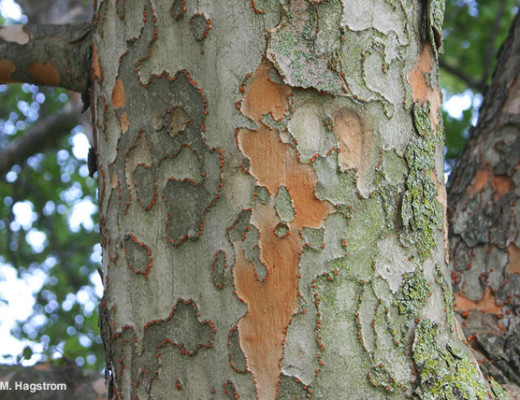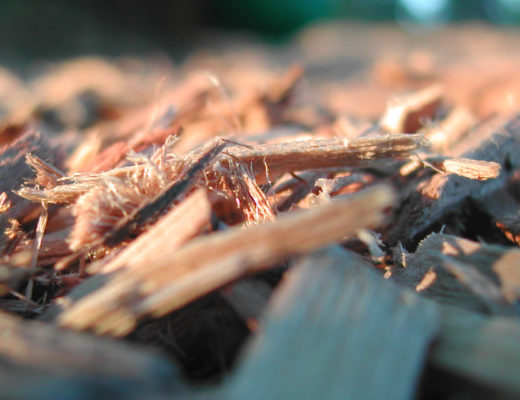Tree watering is a key part of tree care, but it’s difficult to specify how much water trees need. No two trees are alike, and several factors and conditions will impact how much water a tree requires. The age, size, location, climate, soil, and type of tree play a part in how much to water your tree.
Younger trees generally require more frequent watering than mature trees because their root system isn’t established, as a result they use more energy establishing a root system and require more water. In the first couple years of your tree’s life it isn’t uncommon to water twice a week. But as the tree matures, how you water it will change. Since roots grow deep, trees prefer a deep watering less often versus watering frequently and only wetting the surface of the soil. That is why drip systems are the preferred method in the industry, because it allows water to slowly trickle down into the soil and reach deep into the roots, versus a hose that may only wet the surface of the soil and neglect the roots.
Climate conditions, elevations, and diverse types of soils will change from location to location, so tree watering will too. There are signs to help you determine when it is time to water. The first is by checking your soil.
Dig in the soil with your finger or a screwdriver and feel how moist the soil is. If it’s dry, then it’s time to water, if it feels wet, hold off on watering for a couple of days. Heavy rainfall or drought are both extreme conditions that can make caring for your tree more challenging. If you live in an arid climate consider planting trees with drought tolerance. The tree is more likely to succeed and it will require less maintenance. Mulch is a tree’s best friend. Always mulch your trees, it helps retain moisture and prevents invasive plants from taking over.
Watch Ask an Arborist: Why do we Mulch?
Overwatering your tree is just as damaging as not watering at all. Symptoms of overwatering can be confused for a lack of watering. It’s important to know the difference and understand the tree’s signs so that you can properly care for your tree. If your tree shows signs of yellow leaves on the lower branches or at the inside of the canopy, or brittle green leaves, it may be a sign of overwatering, which can also lead to root rot or fungus.
Mature Trees are best left to nature. After the first two years of your tree’s life it will be able to withstand a wider range of water conditions, including on its own because it has a proper root structure. Continue to monitor your tree to ensure it stays healthy. If you’re ever questioning the health of your tree it’s always a great idea to consult with a local certified arborist who can tell you more about your tree’s health.





This was a very interesting article! Thank you for educating us on the importance of properly watering your tree based on what phases they are in.
It would also seem that watering a plant in its youthful stages would be a consistent action across all plants. It is also very interesting to know that mature trees who’ve established their root system can become self sustainable with their water supply and perform in most water conditions.
Thanks for sharing!